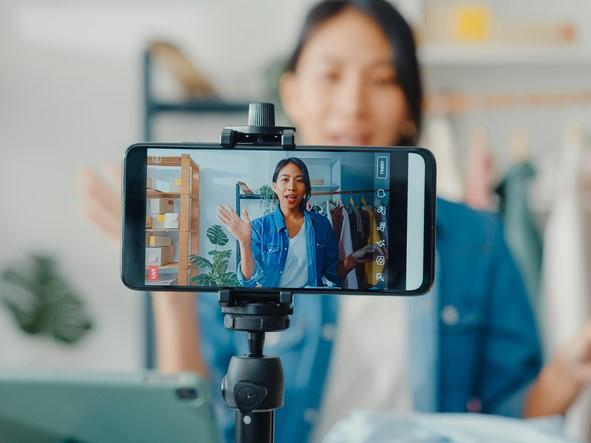
How to use student evaluation of teaching to improve learning

Student evaluation of teaching (SET) is widely used to measure the quality of teaching, and often controversially, for teacher recruitment, promotion and tenure. Institution-led SET is largely quantitative and increasingly carried out via online surveys. This approach systematises the collection and analysis of data but also disconnects evaluation from the day-to-day interaction between students and their teachers that can help to explain, contextualise or prompt action in response to feedback. This may limit the feedback’s ability to improve teaching.
Using SET to prompt student reflection and discussion about their learning is less common. Yet, if used purposefully to evaluate learning as well as teaching, SET can deepen student understanding of their learning environment and develop self-awareness and regulation of their learning processes.
Evaluate early to set expectations for effective learning
Conducting surveys at the end of a session or module is typical, but at this point, it is often too late to help the students who have provided feedback because it cannot be acted upon retrospectively. Formative evaluation during teaching is critical. However, SET should not be used to just identify and head off problems. Well-chosen questions can initiate early discussion about student expectations, awareness of their learning processes and goal setting. Ask students to rate their confidence in completing typical tasks that will be used in the session or module (such as independent pre-reading, taking notes in a lecture, group work, conducting an experiment or accessing resources) to initiate reflection on the learning activities. The following questions can help students preview the session or module in advance and plan their approaches to their learning:
- What are the teaching objectives and how do they relate to your own goals for this session or module?
- What are the learning strategies you need to use?
- How will you organise your time or prioritise tasks to achieve your goals?
- How will you help your peers learn during this session or module?
Use SET to promote student self-evaluation
Developing students’ ability to self-assess their learning is often a neglected outcome of SET. A well-timed SET can act as a metacognitive pause during teaching to help students stop and reflect on what they and others are doing that is either helping or hindering their learning. The following questions can prompt students to monitor their learning:
- What did you already know, want to know and learn in this session or module so far?
- How well have we achieved the session or module objectives so far and why?
- What questions are arising for you and what aspects are challenging or confusing?
- What can the teacher, you and your peers do differently to improve your learning in the session or module?
Prepare students to give high-quality feedback
SET can be ineffective if students don’t know how to give meaningful feedback. Students may provide incomplete, inappropriate or general comments that are difficult to interpret or respond to. Alternatively, student evaluation may focus disproportionately on aspects of their experience that are irrelevant to the quality of teaching. SET has been widely criticised, for example, for its lack of fairness reflecting teacher popularity, preferential grading practices of individual teachers or bias against certain demographic groups.
Knowing how to provide high-quality feedback, however, is an essential outcome for graduates. So, before introducing SET, teach students the principles of good feedback: be specific, focus on observable examples and suggest solutions to close the gap between their expectations and current experience. Collaborative discussions help students to reflect and calibrate their experiences with peers.
- Resource collection: How to make your teaching more interesting
- Seven steps to make an effective course quality evaluation instrument
- Scales, stars and numbers: the question of evaluation
Before completing SET, snowball an evaluation discussion from individuals to pairs to groups of four and at each stage ask students to up-vote and prioritise their most important shared feedback issues and add more information to improve the quality of information that the feedback provides. Be alert though to the possibility that reaching a consensus as a group on what is working and what should change can silence some outlier views. Make sure you also pause to revisit feedback that has not been prioritised through this process and consider all viewpoints even if they are not necessarily shared by the majority.
Get creative and inclusive
Survey fatigue is often cited as a reason for the lack of student engagement with SET. Creative evaluation methods not only have the novelty factor to increase engagement but also give students the space for reflection and for making unexpected connections between ideas. They can also be more inclusive, offering alternative ways to represent perspectives, experiences and feelings as well as encouraging diverse and personalised views that may be difficult to express in standard SET surveys. Visual and multimedia evaluation methods such as drawing, collaging or digital storytelling their module learning journey, taking photographs or choosing artefacts to represent a learning experience all provide opportunities to share and discuss the pleasure, fear, curiosity or frustrations of learning experiences with peers and teachers.
As teachers, we need to reconnect with the role of evaluation for improvement, not only in our own practice but also in how our students learn. Effective SET, then, is the start, not the end, of a conversation about student learning.
Saranne Weller is a reader in higher education practice and development at St George’s, University of London.
If you would like advice and insight from academics and university staff delivered direct to your inbox each week, sign up for the Campus newsletter.


